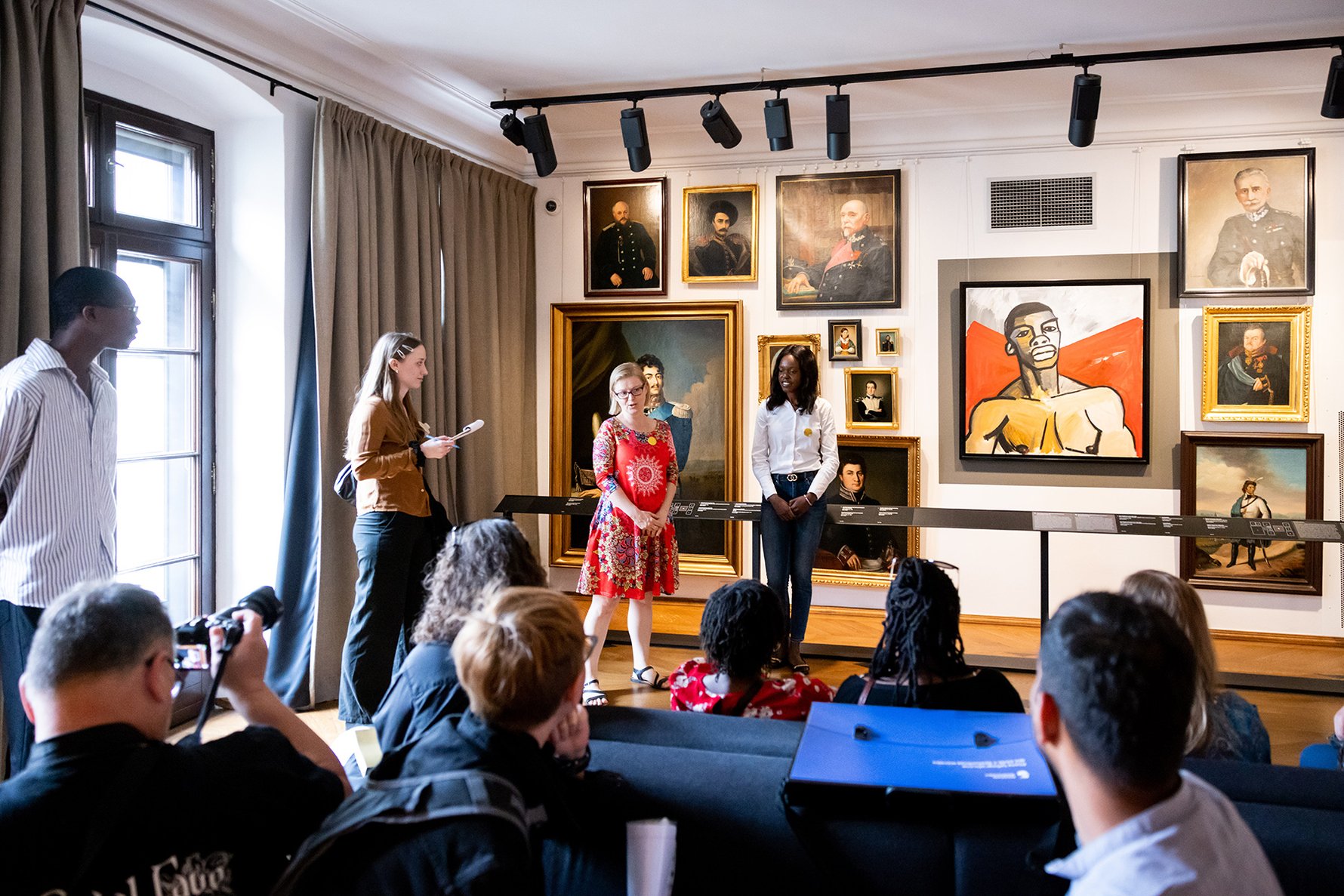
Located in a collection of 11 tenement homes just steps from the cafes and restaurants – and the mermaid statue – that cover the popular square, the Museum of Warsaw (Muzeum Warszawy) is one of Warsaw’s top attractions. It’s home to thousands of artefacts, paintings, photos and more that give visitors an in-depth understanding of the city’s history, including the demolition of the Old Town and its reconstruction.
From permanent exhibits to tours, to the “Heritage Interpretation Centre”—another location of the Museum—The Museum of Warsaw allows you to really immerse yourself in the history of the capital city.
But as you visit Warsaw, and inevitably end up at this popular museum, where do you start?
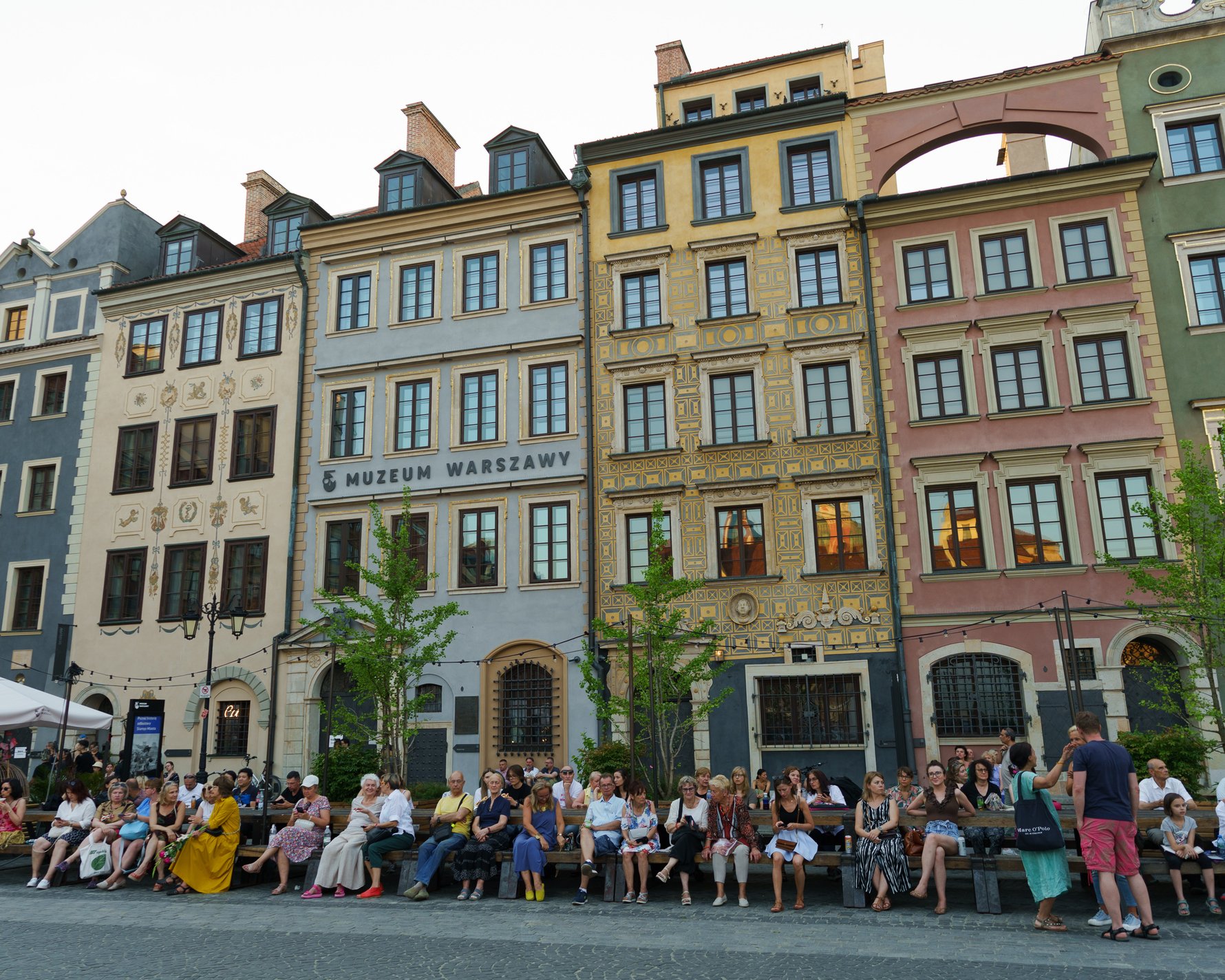
The Must-See Attractions
We recommend beginning with their permanent exhibit, “Warsaw Things” which we can say, hands down, is the most extensive exhibition of the city’s history you’ll find. Here, you can explore twenty-two thematic rooms that showcase items from Warsaw’s history – all original, from art to everyday objects.Not only that, but this isn’t your typical museum with specific routes you must follow. Rather, it invites visitors to choose for themselves which of four paths they want to take through the museum, with each path offering a different perspective.
Learn specific information about the city, its inhabitants and its urban arrangement from the “Warsaw Data” section. Or get an insight into the history of our famous Tenement Houses that have given Warsaw its distinctive look and feel.
One of our top recommendations, though, is the exhibit on the Warsaw mermaids – though Warsaw is landlocked, the mermaid (or Syrena) has become a crucial symbol of the city, found on transportation, signs and more. And, of course, this museum has all the details why!
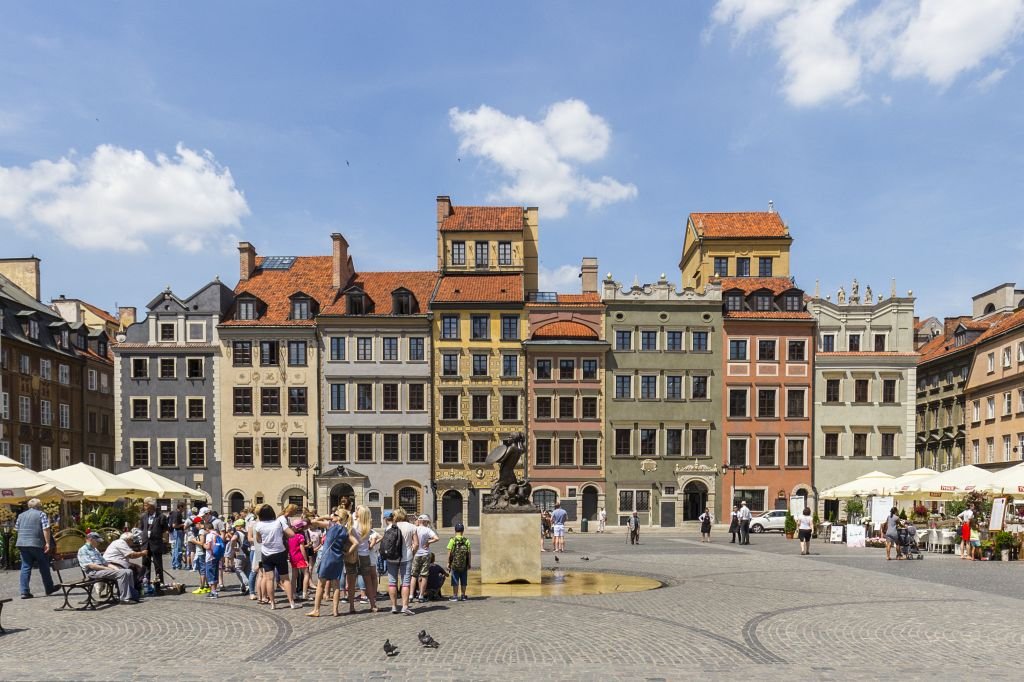
Top off your visit to the main museum with a venture to the museum’s rooftop terrace – the highest viewing point in the Old Town with views over the Old Town Square and those distinctive red and green roofs and iconic landmarks. Climb the winding staircase to the top for – at least in our minds – the best view in the city and one of the top attractions in Warsaw.
If stairs and incredible views aren’t your thing (or you’ve already climbed your way to the top of the tower) the museum offers other ways to get out and enjoy the city – specifically their walks, which have routes available online in English. Follow the route of the Warsaw Uprising to learn about the people and events of the historic 1944 uprising against the Nazi occupation, as well as its lasting impacts on the city today. Or follow the Old and New Town walk to explore the historic Old Town and discover more about its history and monuments. Along with comprehensive visuals and a walking plan, the tours provide audio in English that gives you background as you explore the cobblestone streets of the town, essentially turning the city into one big museum.
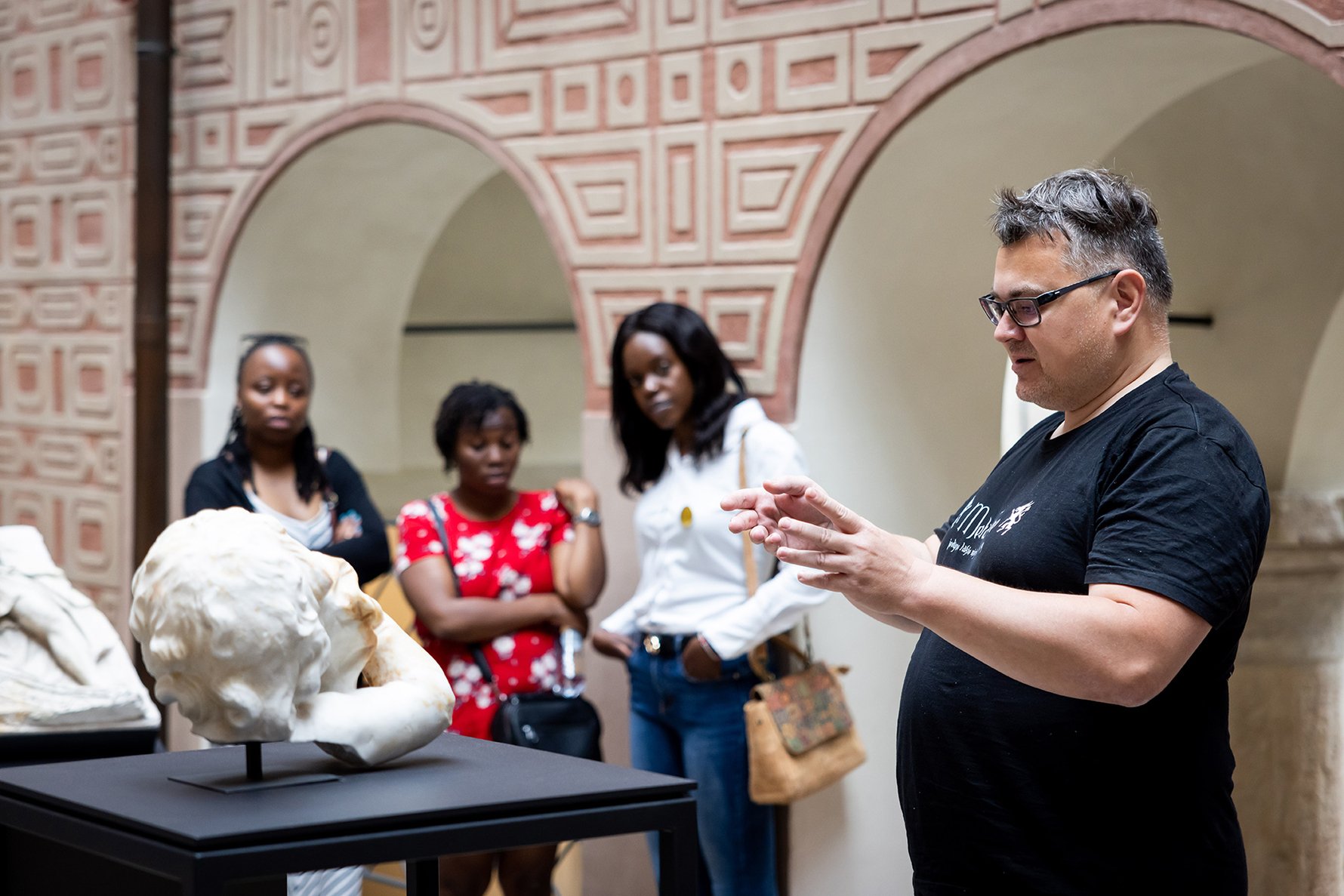
Out on the Town
In fact, one of the best benefits of the Museum of Warsaw is that it goes beyond the confines of the building itself and allows you to discover Warsaw on your own. There are many ways the Museum of Warsaw invites visitors out into the town to learn more about the history of Warsaw.Chief among those is the Heritage Interpretation Centre. Found in the Old Town at ul. Brzozowa 11/13, the centre teaches visitors more about the history of the destruction of the Old Town during Nazi occupation in WWII, as well as the history of its rebuild, with designs based on the original buildings. It was such an important reconstruction, in fact, that in 1980, the Old Town was included on the UNESCO Heritage List.
Learn in the Centre, and then step through the large wood front doors out into the heart of the Old Town, where you can apply what you’ve learned to the buildings in front of you. We heartily recommend a winding walk through the streets of the Old Town, gawking up at the colorful, reconstructed buildings that have given the neighborhood its fame.
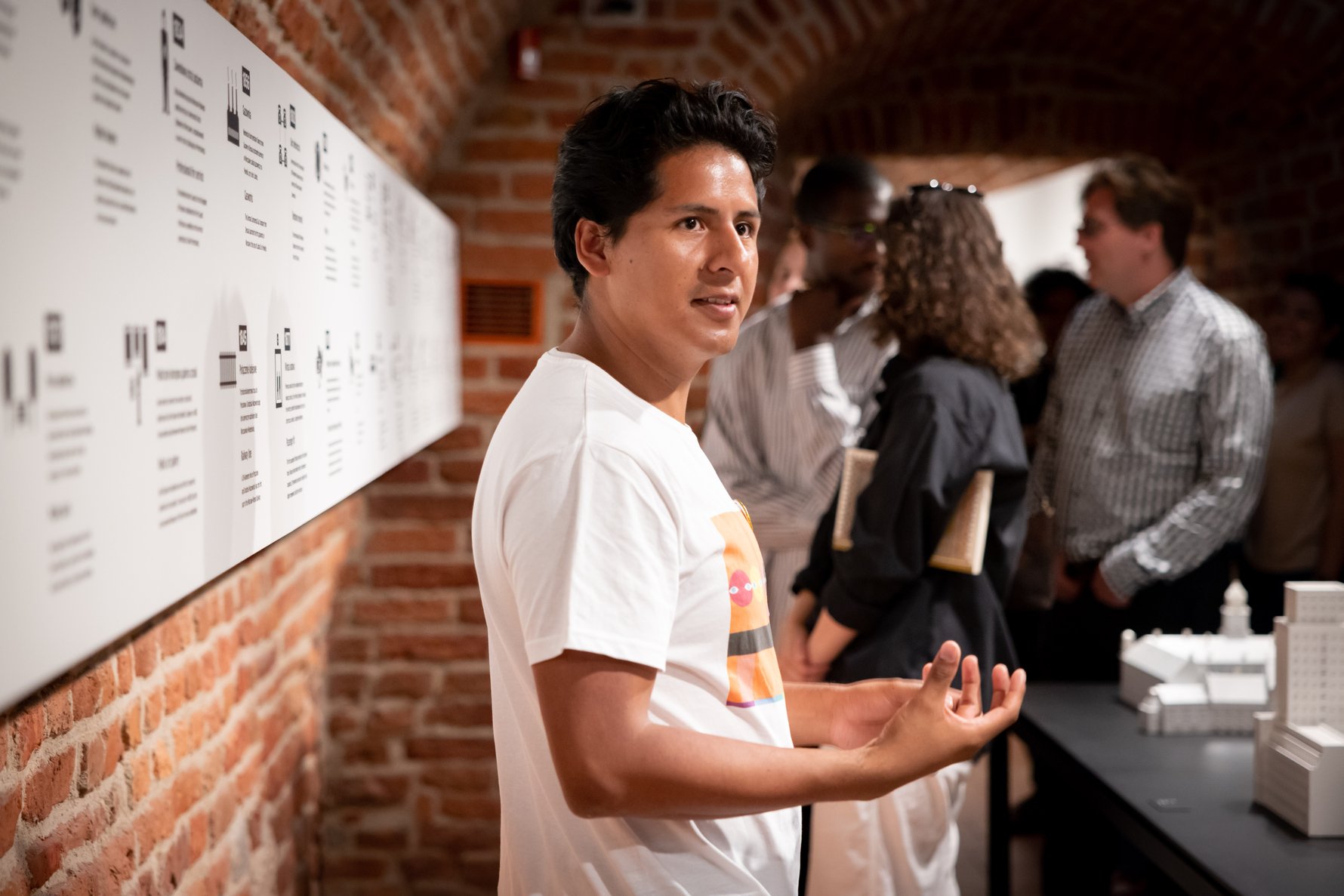
Bringing Communities Together
One of the main ideas of the Museum of Warsaw is about sharing the rich history of the capital city with the rest of the world. And this museum does that in spades, starting with their multicultural meetings, which provide an excellent and unique experience.One of their most popular meetings brings new Varsovians – foreigners who have found a home in Warsaw – to act as tour guides to present museum exhibits to visitors with reference to their own experiences and cultures. The tours are led by two to three people from different backgrounds, meaning visitors get to experience one exhibit through multiple cultural lenses.
This, in particular, is a good choice for new Varsovians and tourists, as the tours are held in English and provide exciting, international looks at the city.
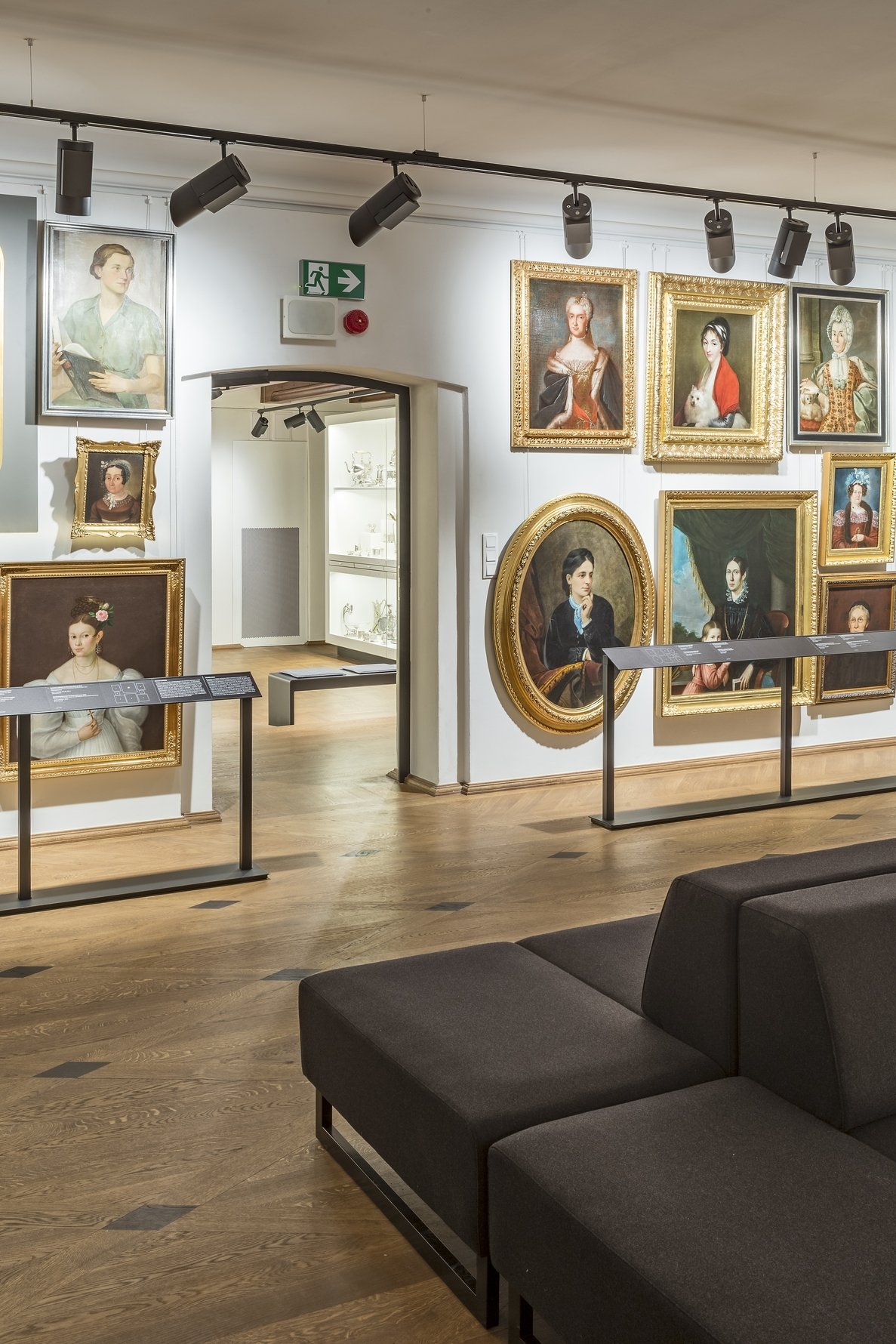
But of course, that’s not all – the museum in many ways is catered to foreigners, with English descriptions, English audio guides in the permanent exhibit, and a film that is available not only in English, but in Italian, French, German, Spanish and Russian, too! The film, Warsaw Will Not Forget, a documentary that chronicles the journey of Warsaw through the years, from the city before WWII, through the wartime destruction and beyond. It aims to help us understand the unusual characteristics of Warsaw as a complement to your journeys around the city.
Whether you’re an expat just finding your way in your new city, a traveller coming through the capital, or a long-time resident who wants to know more about the place they call home, the Museum of Warsaw is the place to be. Enjoy Warsaw!



Comments